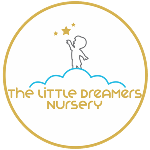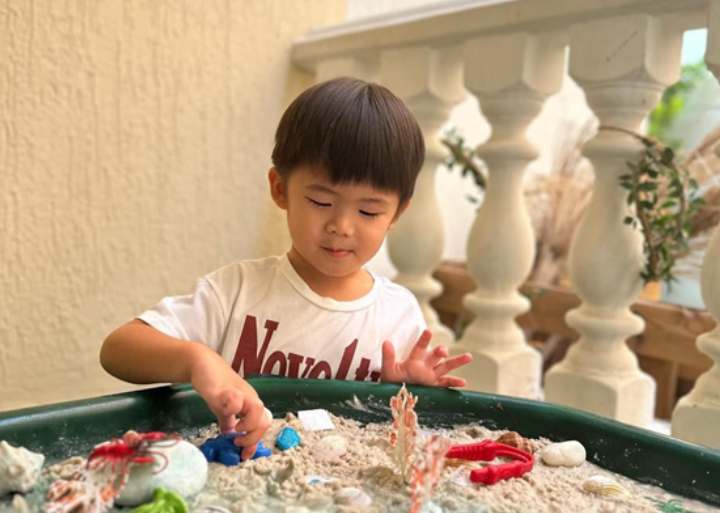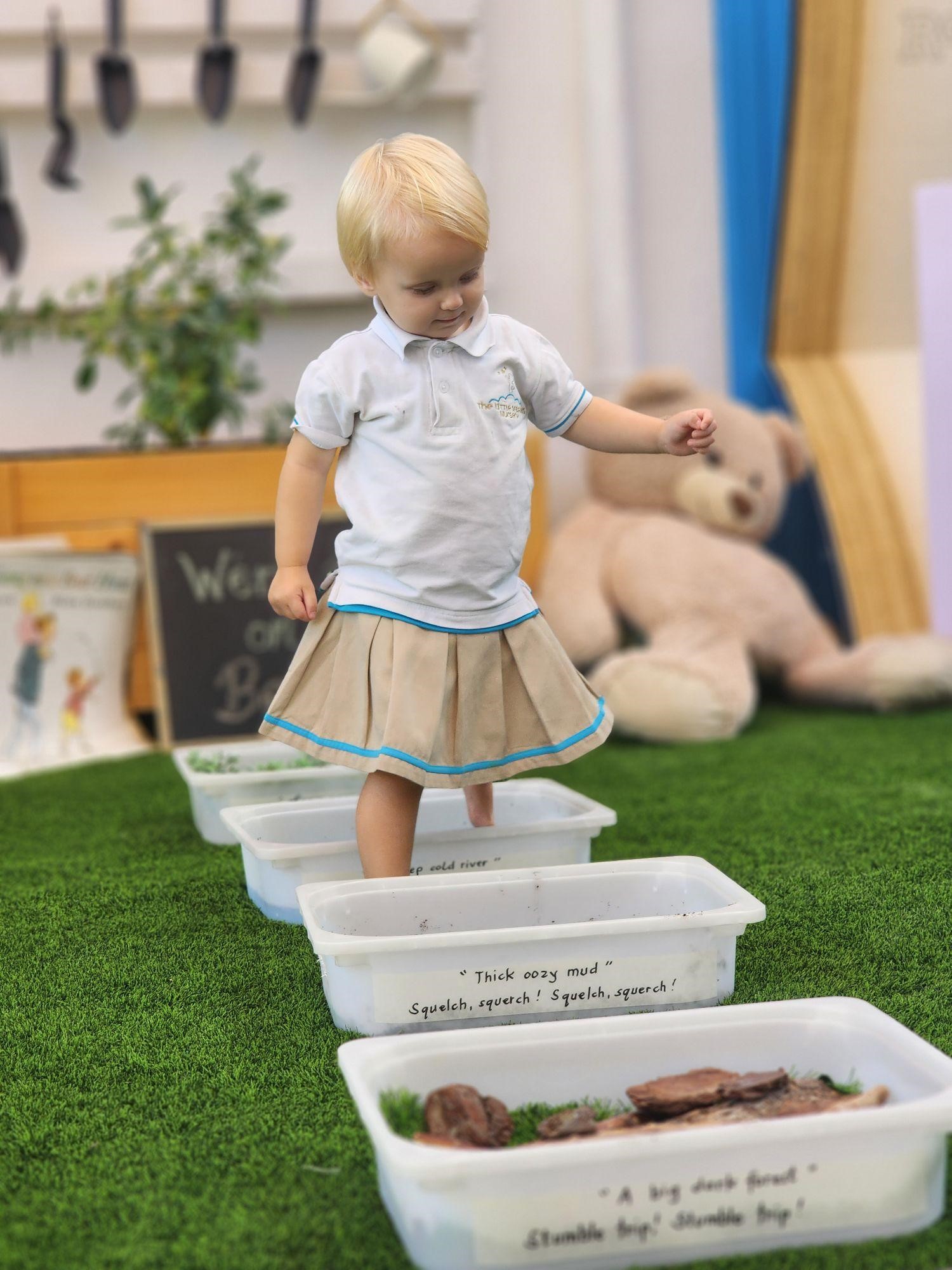Babies are naturally curious and eager to explore the world around them. Sensory play is one of the most effective ways to engage their senses, stimulate brain development, and encourage early learning. Whether it’s feeling the texture of sand, listening to different sounds, or squishing soft dough, sensory activities offer hands-on learning that helps babies understand their environment.
In this guide, we’ll cover:
✔ What sensory play is and why it matters
✔ Key benefits for baby brain development
✔ Simple, fun at-home sensory activities
Let’s dive in and explore how you can make sensory play a natural part of your baby’s daily routine!
What Is Sensory Play?
Sensory play includes any activity that stimulates a baby’s sight, sound, touch, taste, or smell. It helps babies build neural connections, making it easier for them to process information and develop essential skills.
This type of play often involves:
✔ Tactile learning – Touching different textures (e.g., water, sand, fabric)
✔ Visual stimulation – High-contrast colors, mirrors, and light reflections
✔ Auditory experiences – Listening to music, animal sounds, and different tones
✔ Olfactory exploration – Introducing safe scents like citrus, vanilla, or lavender
✔ Taste-safe play – Exploring edible textures (e.g., mashed fruits, yogurt)
💡 Fact: Research shows that babies who engage in sensory play develop stronger problem-solving skills and improved motor coordination.
Why Sensory Play Is Crucial for Baby Development
Sensory play isn’t just fun—it plays a critical role in early cognitive and physical development. Here’s how:
1️⃣ Enhances Brain Development 🧠
Sensory experiences strengthen neural connections, improving memory, attention, and problem-solving skills. Babies learn cause and effect, such as “If I shake this rattle, it makes noise!”
2️⃣ Supports Fine & Gross Motor Skills 🤲
Playing with different textures and materials helps babies develop fine motor skills (grasping, pinching) and gross motor skills (crawling, balancing).
💡 Example: Scooping and pouring water helps improve hand-eye coordination and muscle control.
3️⃣ Encourages Language Development 🗣️
Describing textures, colors, and actions during play helps babies build their vocabulary and communication skills.
💡 Try This: Say things like “This is soft” or “The water feels cold” to introduce new words.
4️⃣ Boosts Emotional Regulation & Social Skills ❤️
Sensory play can have a calming effect, helping babies manage emotions and reduce anxiety. It also teaches them patience and social interaction when playing with others.
💡 Example: Playing with water or soft textures can be soothing for an overstimulated baby.
Simple & Fun Sensory Activities for Babies
Sensory play doesn’t have to be complicated! Here are easy, at-home activities that provide multisensory experiences for your little one.
📌 1. DIY Sensory Bins 🏺
Sensory bins allow babies to touch, scoop, and explore different materials.
How to Make One:
✔ Choose a container and fill it with safe materials (e.g., rice, pasta, or soft fabric strips).
✔ Add small toys, cups, or spoons for scooping and grabbing.
✔ Let your baby explore under supervision!
💡 Tip: For younger babies, use edible items like oatmeal or mashed bananas.
📌 2. Water Play Station 💦
Water play is great for tactile learning and motor skill development.
What You Need:
✔ A small tub of warm water
✔ Measuring cups, sponges, or floating toys
✔ Optional: Add food coloring for visual fun!
💡 Try This: Let your baby splash, pour, and feel the different textures of wet vs. dry objects.
📌 3. Safe Taste Exploration 🍓
Encourage taste-safe sensory play by introducing new flavors and textures.
What to Try:
✔ Mashed fruits (banana, avocado, mango)
✔ Soft-cooked veggies (carrots, sweet potatoes)
✔ Yogurt with a tiny pinch of cinnamon or vanilla for smell enhancement
💡 Safety Note: Always check for allergies before introducing new foods.
📌 4. Texture Walk (For Crawlers & Walkers) 👣
Create a mini texture path for your baby to explore with their hands and feet.
What to Use:
✔ Soft fabric (towel or blanket)
✔ Bumpy bubble wrap
✔ Cool tiles or a rubber mat
💡 Tip: Let babies walk, crawl, or sit on different textures to enhance sensory awareness.
📌 5. Musical Play & Sound Exploration 🎵
What You Need:
✔ Toy instruments (drums, shakers)
✔ Household items (pots, spoons)
✔ Nature sounds (wind chimes, water pouring)
💡 Try This: Play different types of music (classical, nature sounds, lullabies) and watch how your baby reacts to different rhythms and tones!
Conclusion: Make Sensory Play Part of Everyday Life
✔ Sensory play is essential for baby brain development, fine motor skills, and emotional growth.
✔ It doesn’t require expensive toys—simple household items can be just as effective.
✔ Engaging in multisensory activities helps babies explore, learn, and build confidence.
💡 Action Step: Try at least one sensory play activity this week and watch how your baby responds!
💬 What’s your baby’s favorite sensory activity? Share in the comments!









